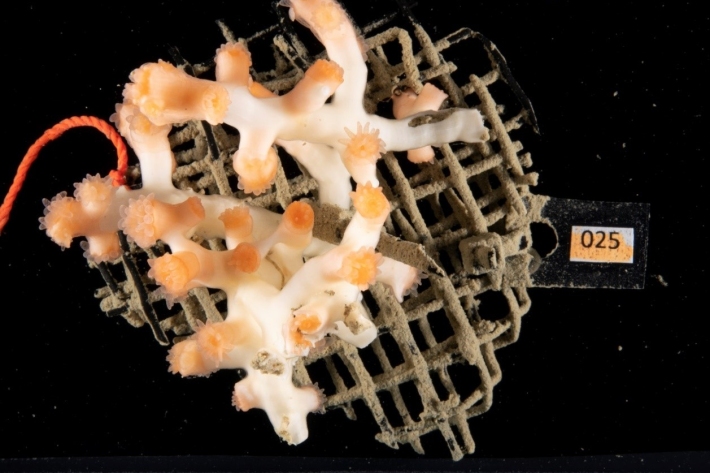-

Hotspot Watch 27 November 2020
Hotspot27 November 2020A weekly update describing soil moisture patterns across the country to show where dry to extremely dry conditions are occurring or imminent. -

Fiordland air sharing secrets with scientist
Media release25 November 2020Peter Sperlich needs a strong south-westerly and a cast iron stomach for his next scientific mission. -

Hotspot Watch 19 November 2020
Hotspot19 November 2020A weekly update describing soil moisture patterns across the country to show where dry to extremely dry conditions are occurring or imminent. Regions experiencing significant soil moisture deficits are deemed “hotspots”. Persistent hotspot regions have the potential to develop into drought. -

Marine heatwave conditions forming: NIWA
Media release18 November 2020NIWA forecasters say a marine heatwave is forming around parts of New Zealand after sea surface temperatures (SSTs) warmed considerably last month. -

Hotspot Watch 12 November 2020
Hotspot12 November 2020A weekly update describing soil moisture patterns across the country to show where dry to extremely dry conditions are occurring or imminent. Regions experiencing significant soil moisture deficits are deemed “hotspots”. Persistent hotspot regions have the potential to develop into drought. -

Chance find leads to first look at coral larvae
Media release12 November 2020Small orange flecks spotted floating around in a respiration chamber at a NIWA laboratory have led to a discovery about the spawning habits of a deep-sea stony coral in New Zealand waters. -

Hotspot Watch 5 November 2020
Hotspot05 November 2020In the North Island, moderate rainfall amounts of generally 25-50 mm occurred across much of Northland and Auckland during the past week, with generally 15-30 mm for much of the western North Island and the western Wellington Region. Conversely, the east coast (including Wairarapa) saw generally light rainfall amounts. -

Hotspot watch 29 October 2020
Hotspot29 October 2020A weekly update describing soil moisture patterns across the country to show where dry to extremely dry conditions are occurring or imminent. -

Subterranean sensing
Media release29 October 2020Once a year, technicians from NIWA’s North Island Field Team don helmets and head lamps to check a network of CO2 sensors in the world-renowned Waitomo Caves. The sensors help make sure that heavy breathing visitors aren’t wrecking the caves’ precious natural structures and microclimate. -

Hotspot Watch 22 October 2020
Hotspot22 October 2020A weekly update describing soil moisture patterns across the country to show where dry to extremely dry conditions are occurring or imminent. -

Hotspot Watch 16 October 2020
Hotspot16 October 2020A weekly update describing soil moisture patterns across the country to show where dry to extremely dry conditions are occurring or imminent. Regions experiencing significant soil moisture deficits are deemed “hotspots”. Persistent hotspot regions have the potential to develop into drought. -

Rare underwater find for NIWA photographer
Media release15 October 2020A NIWA marine ecologist has added his name to a very short list of people worldwide who have seen—and photographed the elusive football octopus.
